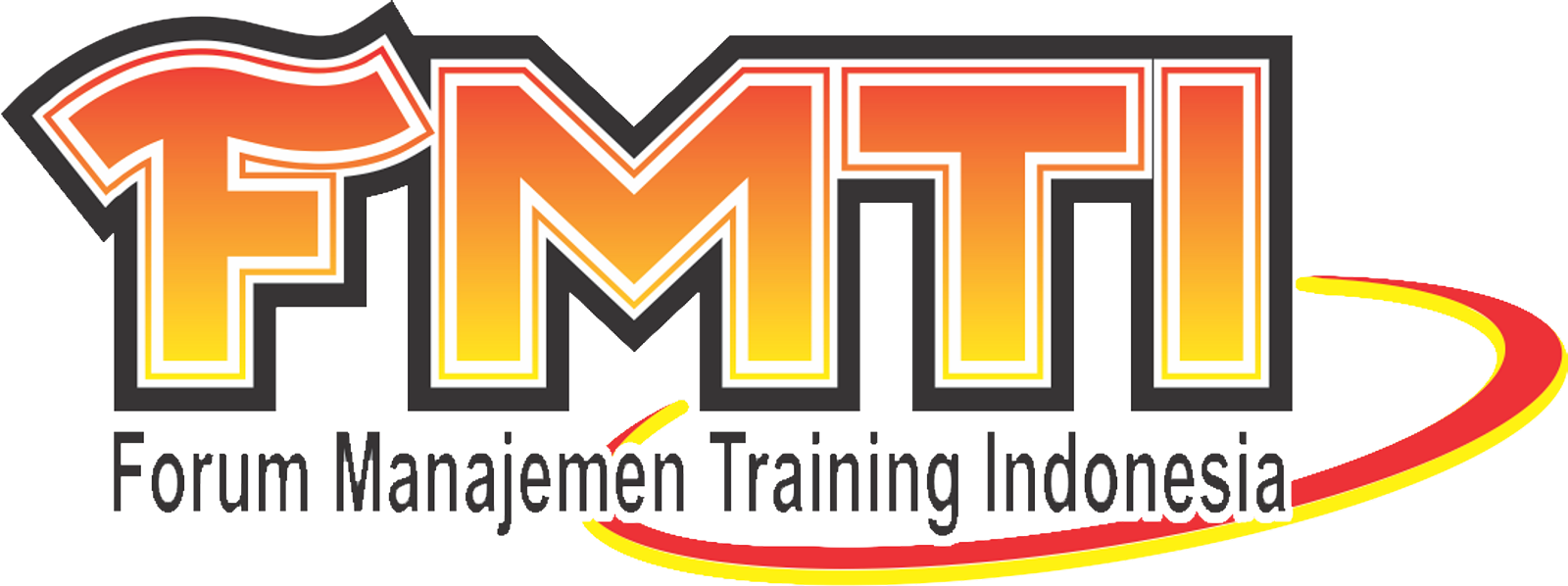Pumps
Life Cycle Management
ABSTRACK
Maintenance and engineering
management typically purchase pumps for institutional and commercial facilities
as individual components. But pumps provide a service only when they operate as
part of a system. The energy the system uses depends on the pump's design, the
system installation, and the way the system operates. These factors are
interdependent, and management must match them carefully to each other and
ensure they remain so throughout their working lives to deliver the lowest
energy consumption and cost.
The initial purchase price is a
small part of the life-cycle cost for high-usage pumps. Accounting for the
components that make up the total cost of ownership gives management an
opportunity to dramatically reduce energy, operational, and maintenance costs.
Reducing energy use and process waste also has significant environmental
benefits
LCC analysis of pumps helps pump
users make better choices in the life of the procurement arm of industrial
pumps—including the decision between buying a new pump versus overhauling an
existing pump. Maintenance, repair, energy and downtime costs constitute a
major part of pumps’ LCC, and these costs can be significantly reduced if the
required measures are followed. A different maintenance strategy should be
adopted for each machinery type based on its criticality and nature
OUTLINE
1.
Life Cycle Costs and The Value Chain
2.
Why Should Pump Users Care About LCC?
3.
Pumping System Design
4.
Total Life Cycle Pump Costing :
-
Initial Investment Costs (Pump, System, Pipe,
Auxiliary Services)
-
Installation And Commissioning Cost (Including
Training)
-
Energy Costs (Predicted Cost For System
Operation, Including Pump Driver, Controls, And Any Auxiliary Services)
-
Operation Costs (Labor Cost Of Normal System
Supervision)
-
Maintenance And Repair Costs (Routine And
Predicted Repairs)
-
Down Time Costs (Loss Of Production)
-
Environmental Costs (Contamination From Pumped
Liquid And Auxiliary Equipment)
-
Decommissioning/Disposal Costs (Including
Restoration Of The Local Environment And Disposal Of Auxiliary Services).
5.
LCC Analysis Benefits
6.
Methods for Analyzing Existing Pumping Systems
PARTICIPANT
Pump Operator & Supervisor, Managerial staff
involved in pump operation, maintenance and/or engineering, Foreman, Repairman,
and the other personnel in charge of operations and maintenance of pumps.
